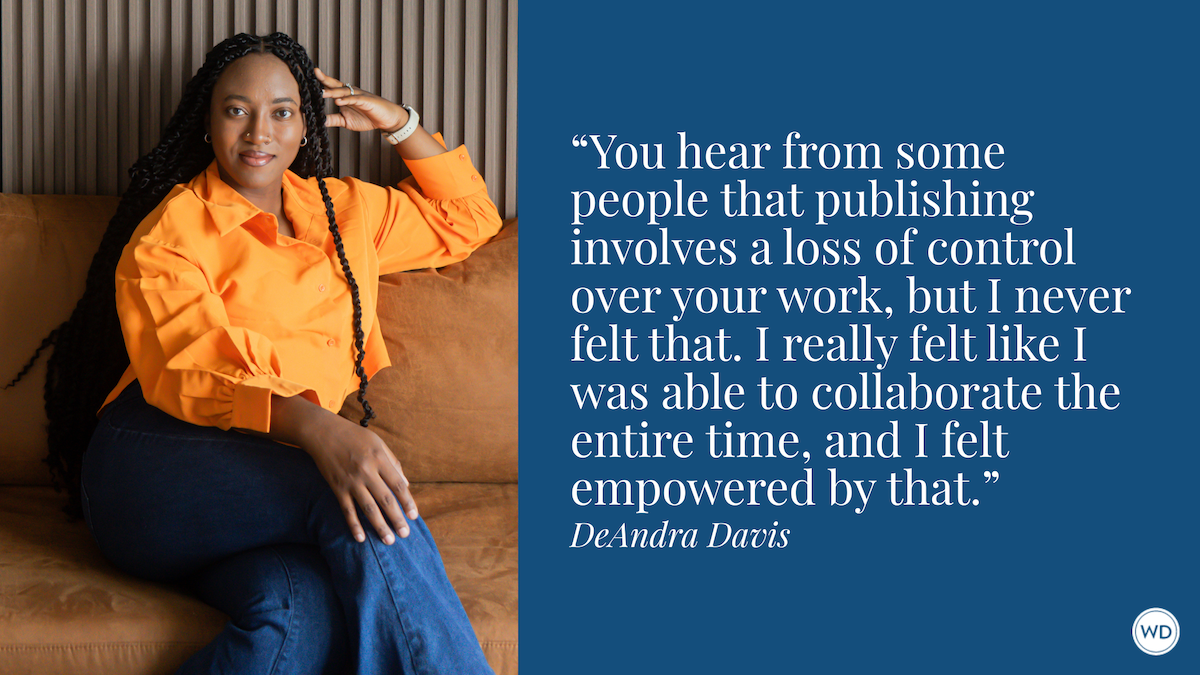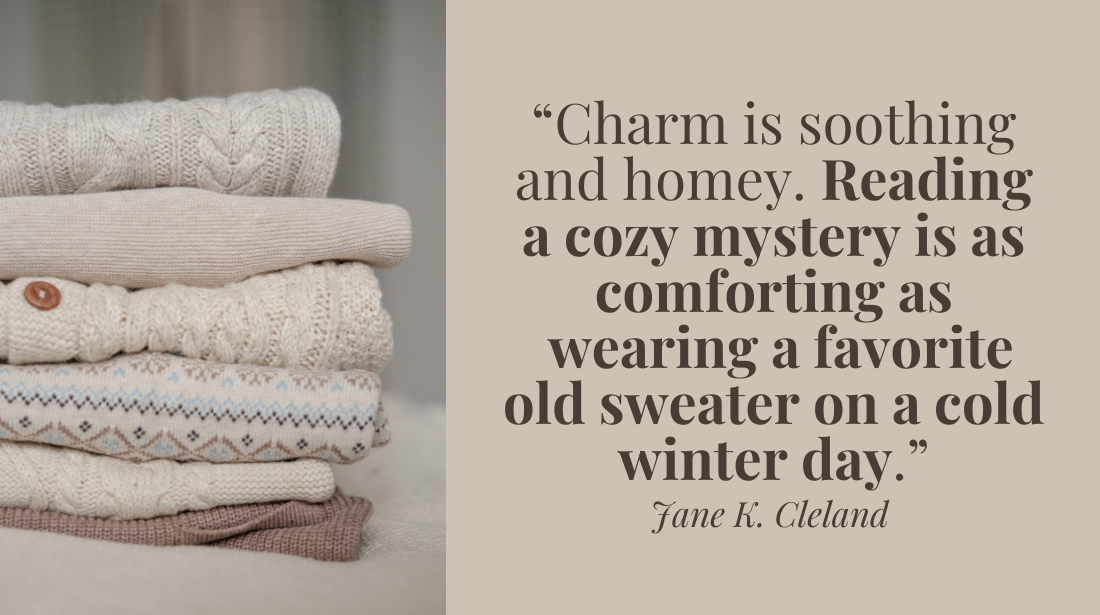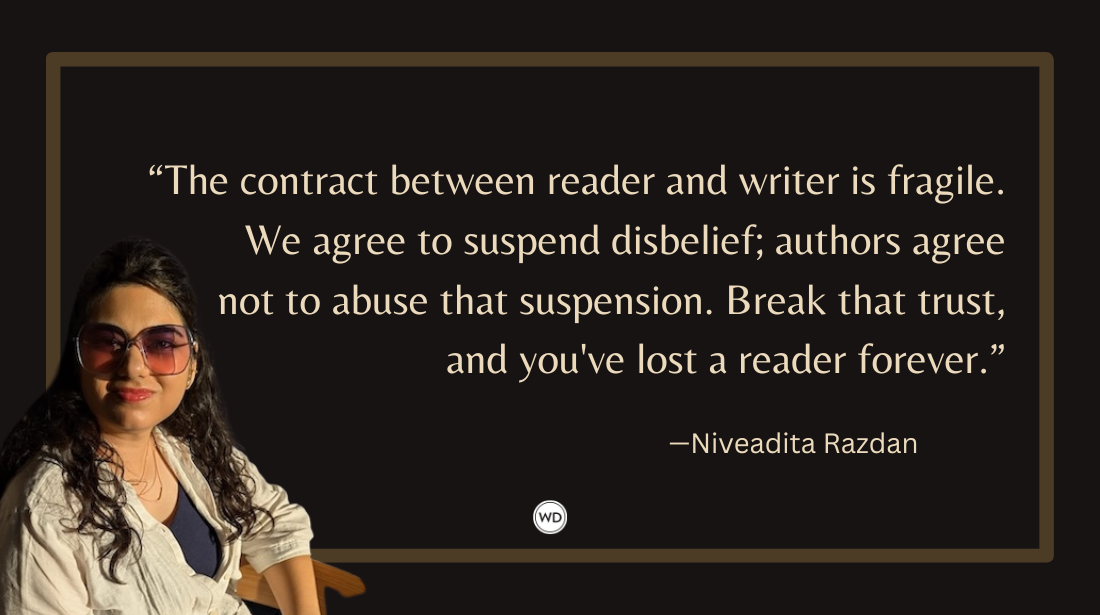Pushing the Boundaries to Redefine Retellings
Author Pagan Alexandria discusses pushing the boundaries to redefine retellings in fiction.
As Pablo Picasso once said; “Learn the rules like a pro, so you can break them like an artist.”
If there’s one thing I’ve spent a lot of my early 20s reading, it’s fairytale retellings. So when I decided to pivot genres and start writing fairytale retellings of my own, not only was I familiar with the rules of the genre—I was ready to break them and create stories that differentiated my work in the marketplace.
Ever since then, I’ve been intentionally combining two existing fairytales into one, per duology. My first series where I did this (Kingdom of Sirens and Monsters) is a dual retelling of Snow White and The Little Mermaid, incorporating elements of both stories to weave a both familiar and completely unknown storyline.
The end result has launched my bestselling series to date, with nothing but positive reviews, and a fanbase that just keeps on getting bigger. People love the creativity of how the fairytales are combined. And in my upcoming duology, Blood Magic (which combines Rapunzel with Sleeping Beauty) I’ve repeated the process by blending two fairytales into an engaging mystery with a shocking twist that seamlessly incorporates both stories.
So, ready to break some writing rules? Here’s how I take the rules of what makes a fairytale retelling excellent and break them to create retellings that are distinctly different, but still tick all the right boxes.
1) Embrace the familiar and swap concepts to create the unexpected
The most important rule of writing a fairytale retelling is that it needs to be similar enough with the original, public domain work to create a sense of comfort and familiarity, yet unique enough to offer an unexpected twist that gives the story a fresh breath of air.
Many popular retellings to date (such as A Court of Mist and Fury, by Sarah J. Maas—a Hades and Persephone retelling; Cinder, by Marissa Meyer—a Cinderella retelling; and A Curse so Dark and Lonely, by Brigid Kemmerer—a Beauty and the Beast retelling) have similar and recognizable brushstrokes to the original work. These could be a play on character names, familiar key events that occur, or character relationships that mirror the original fairytale.
When I go to create the unique twist, I often do it by swapping character roles or key events across each fairytale and exploring alternative realities that could happen.
For example, in Kingdom of Sirens and Monsters, my protagonist takes on the role of the Little Mermaid persona, and ends up falling for the Huntsman persona from Snow White. My villain of the series, who takes on the Evil Queen persona, also has ties to my Sea Witch persona, which takes some events from The Little Mermaid and re-imagines them with Snow White characters.
It can be incredibly fun to combine character roles and see how different character arcs and storylines may play out differently with an expanded set of key events and rules to weave into the overall story. In some ways, it often feels like writing a crossover story.
Check out Pagan Alexandria's Kingdom of Sirens and Monsters here:
(WD uses affiliate links)
2) Don’t be afraid to combine different concepts across stories
A really easy way to make a retelling fresh and different is to take an existing concept and combine it with the other fairytale’s source material.
For example, in Kingdom of Sirens and Monsters, the story starts off on an island, but when the protagonist escapes the Evil Queen (aka: runs from the Huntsman and comes across the Seven Dwarves) she’s in a forest. So, to tie in The Little Mermaid with the events of Snow White, I made the ‘forest’ the entire Undersea—a new world set underwater.
This is a really clever way to combine two fairytales at once; it essentially allows you to see the story of Snow White unfold through the lens of a Little Mermaid setting, which helps engrain the feeling of experiencing both fairytales at the same time. I do this in all my duologies by ensuring that there’s something linking one fairytale to the other, even if it’s just a character dynamic I can flip, a part of the setting I can swap, or a piece of the magic system I can re-imagine.
3) Take the source material and use it to expand your world-building and magic systems
The third thing I have a lot of fun with is taking a known concept from a fairytale and incorporating it into the magic systems of my stories.
This allows you to go beyond the original fairytale and create an entirely new and fresh world for your readers to enjoy (and for you to have fun writing within!) while still planting seeds of familiarity along the way.
The best example is in my upcoming duology, Blood Magic, where my protagonist does not dream, but instead enters an ‘alternate dimension’ when she sleeps. This plays into the concept and integration of Sleeping Beauty, as my protagonist has the power to put certain individuals into an endless sleep in the real world—which transports them into her alternate dimension until they are awakened again (or at least, that’s the shorter, spoiler free explanation).
The reason I love this approach is that you don’t risk straying so far from the source material that it’s no longer a retelling, but you also don’t feel confined to the existing world rules. You can essentially reinvent known concepts to play out in brand new ways, while ensuring readers still have that familiar “ah, I get it!” moment.
4) Map out your major plot points and cherry pick your key events
Something I have done with all of my books, regardless of whether it’s a fairytale retelling or not, is get clear on my ‘major plot points’ throughout the book writing process. This provides a framework to guide me from A to B, even if I’m pantsing a lot of what comes in between.
So, this could be stuff like ‘the princess gets kidnapped by a dragon’ or ‘the prince and the princess realize they have feelings for each other.’ I’ll have anywhere from three to five major events in my initial roadmap that determine the overall direction and intention of the story I’m telling.
Then, when it comes to combining two fairytales into one, you don’t have to try and include the whole of each fairytale into the plot line. You can design a completely unique story using just some of the key events from each fairytale as your guide.
When I was mapping out Kingdom of Sirens and Monsters, my story starts with my protagonist escaping the Evil Queen and entering the forest (aka: The Undersea), then shifts loosely into the events of The Little Mermaid as she explores the concept of never being able to return to land if she can’t break the Huntsman’s curse. In the end, we find our way back to Snow White, where she frees her sister from the sleeping death.
Additionally, in Blood Magic, the story incorporates more Sleeping Beauty elements at the beginning, then gradually reveals more brushstrokes to Rapunzel as we approach the major plot twist of the book.
In conclusion
Breaking the rules of writing can be a lot of fun, but it also requires you to know what already works within your genre.
When you know this, you’re able to identify the line that both differentiates you, but also helps you write for the market and hit on the reader’s core desires for that type of story.
I know what readers are looking for in a fairytale retelling because before I ever wrote retellings, I was an avid reader of them. I knew what I enjoyed about them, as well as what let me down. This also shed a light on what I wanted to see done differently… and then I went out and did it.
Knowing the rules before I broke them allowed me to carve out a niche for myself, giving me room to explore and experiment with concepts in my writing, while also incorporating all the elements of a retelling that tick the box.
I knew readers expected familiarity, but also didn’t want to essentially re-read the same story they could find in the public domain. As such, the blend and balance between familiar and new is key to a retelling’s success—and when you combine two fairytales, it’s nearly impossible to predict how a known story might pan out since all the expectations are re-imagined.
So my final advice? Know your genre… and don’t be afraid to find a new edge within it. Think outside the box, try something different, and follow the ideas that spark and light you up most.
Then go and break some writing rules!
Check out Pagan Alexandria's Blood Magic here:
Pagan Alexandria is a fairytale retelling author best known for her dual retelling of Snow White and The Little Mermaid, Kingdom of Sirens and Monsters. With a passion and knack for blending contemporary worlds with fantasy, she writes stories filled with star-crossed romance, morally grey characters, supernatural twists, and a sprinkle of spice. Connect with Pagan: www.paganalexandria.com.








